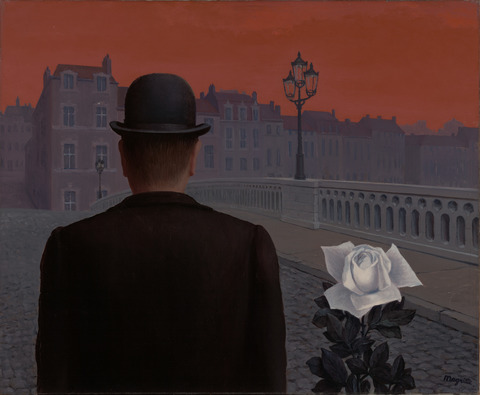
I am filled with an incomparable sense of awe upon seeing a Picasso — or Pollock or Kandinsky or Warhol — painting hanging in a museum a mere 100 feet from my dorm room. The Yale University Art Gallery (YUAG) boasts an extensive art collection packed with pieces from around the world and is the oldest university art museum in the Western Hemisphere. I spent much of last semester sitting in the YUAG auditorium in Tim Barringer’s 300-student course “Introduction to the History of Art.” I was just beginning to gain a more intimate understanding of the gallery’s winding hallways and diverse sections… until, of course, the coronavirus sent us all home. We could no longer walk to the museum to see the famous works of art mentioned in the lecture in person, and sections spent analyzing the placement of subjects or the use of specific colors were abruptly stopped.
Each floor is a conversation between the disparate pieces — whispers of history and technique washing over the wooden floors. The curator’s placement of the works made it so the eyes of a Botticelli painting of the Virgin and baby Jesus, aptly named “Virgin and Child,” intentionally gaze upon a similar work painted a hundred years later. There’s a connection between the two paintings that forces the viewer to consider their placement on the dark red walls of the gallery — and also in time.
But when I think about my favorite work of art in the YUAG, I’m stumped. How does one choose between some of the great works of European art — Baroque- and Rococo-style pieces which I had only pretended to know before taking the course — and paintings from the seventh-century Chinese Tang dynasty? How does one choose between a Van Gogh painting and an Alfred Stieglitz photograph? I couldn’t possibly.
There’s one painting, however, that I’ve thought a lot about recently, more so now that I think about the apocalyptic nature of the world: “La Boite de Pandore” (Pandora’s Box) by René Magritte. A man stands on an empty bridge gazing at the city in front of him. All we can see of the man is his back and one of the black bowler hats characteristic of Magritte. The man looks out onto vacant streets and dark windows, and the sky is a lurid, angry red. The title of the piece refers to the Greek myth of Pandora, the first woman on earth. Driven by curiosity, Pandora opens a box that unleashes all of the world’s horrors. Perhaps the man in the bowler hat is the only person to witness the world Pandora has created after everyone else has gone. However, placed next to him, the lone survivor, is a single white rose — a sign of hope amid the violent landscape. It’s something which I think we’re all looking for right now.
On November 22, my 19th birthday, I spent an hour in a section showcasing European and American art before 1900. It was raining outside, and water streaked down the glass windows in clear ribbons, making it dark inside the gallery. A few months into my first year, I had felt overwhelmed by all the novelty. I wanted to be alone with my thoughts and take a moment to feel melodramatic about the passage of time. I snuck grateful, delicious bites of the chocolate chip cookie a girl from my Chinese class had given me earlier that morning — it was my well-balanced breakfast. The YUAG felt like a respite, a place to pause amid all of the change that had occurred in the previous few months. The YUAG itself, with all the treasures it holds inside, is one of those white roses: something I can’t wait to return to.
Alexandra Gers | alexandra.gers@yale.edu






